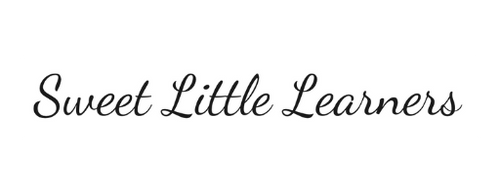Kindergarten STEAM
SCIENCE, TECHNOLOGY, ENGINEERING, ART, MATHEMATICS
It is not about the finished product but more the process and journey of learning to be curious, explore and investigate. Children are given room to think, evaluate and determine how to reach their goals and complete the project. You may think you know the direction they are heading when given a set of materials but most times they think of things that were not even on your radar. It is a place where mistakes are ok and learned from. We have added ART to kindergarten stem to include many more skills.
In recent years, there has been a growing emphasis on incorporating STEAM (Science, Technology, Engineering, Arts, and Mathematics) education into early childhood learning, including kindergarten. As educators, parents, and advocates, we recognize the vital role that STEAM plays in fostering critical thinking, creativity, problem-solving, and collaboration skills in our young learners. In this blog post, we will delve into the significance of STEAM education specifically in kindergarten and explore the transformative impact it can have on our children's development.
Cultivating Curiosity and Inquiry:
Kindergarten is a time when children naturally exhibit curiosity and a desire to explore the world around them. STEAM education harnesses this innate curiosity, providing opportunities for young learners to question, investigate, and discover through hands-on activities and inquiry-based learning. By encouraging their natural inquisitiveness, we nurture a lifelong love of learning and set the foundation for future academic pursuits.
Developing Critical Thinking and Problem-Solving Skills:
STEAM education fosters critical thinking and problem-solving skills from an early age. Through engaging in STEAM activities, kindergarteners learn to analyze, evaluate, and make connections between different concepts and ideas. They develop the ability to think creatively and find innovative solutions to challenges, enhancing their cognitive flexibility and adaptability.
Promoting Collaboration and Communication:
In a STEAM-focused kindergarten classroom, collaboration and communication are nurtured as essential skills. Students work together in teams, engaging in group projects and experiments, where they learn to communicate their ideas, listen to others' perspectives, and work towards shared goals. These collaborative experiences not only build teamwork skills but also enhance social-emotional development and empathy.
Encouraging a Growth Mindset:
STEAM education in kindergarten fosters a growth mindset, emphasizing that intelligence and abilities can be developed through effort, practice, and perseverance. Through trial and error, kindergarteners learn that mistakes are opportunities for learning and growth. They develop resilience, grit, and a positive attitude towards challenges, which will benefit them throughout their academic journey and beyond.
Integrating Creativity and Arts:
STEAM education goes beyond the traditional STEM subjects by incorporating the arts. By integrating creativity and artistic expression, kindergarteners are encouraged to explore their imaginations and express their ideas through various mediums. Whether it's through designing structures in engineering or creating artwork inspired by scientific concepts, the arts enhance engagement, self-expression, and aesthetic appreciation.
Let's embrace the power of STEAM in kindergarten classrooms and empower our children to become lifelong learners and innovative thinkers.




